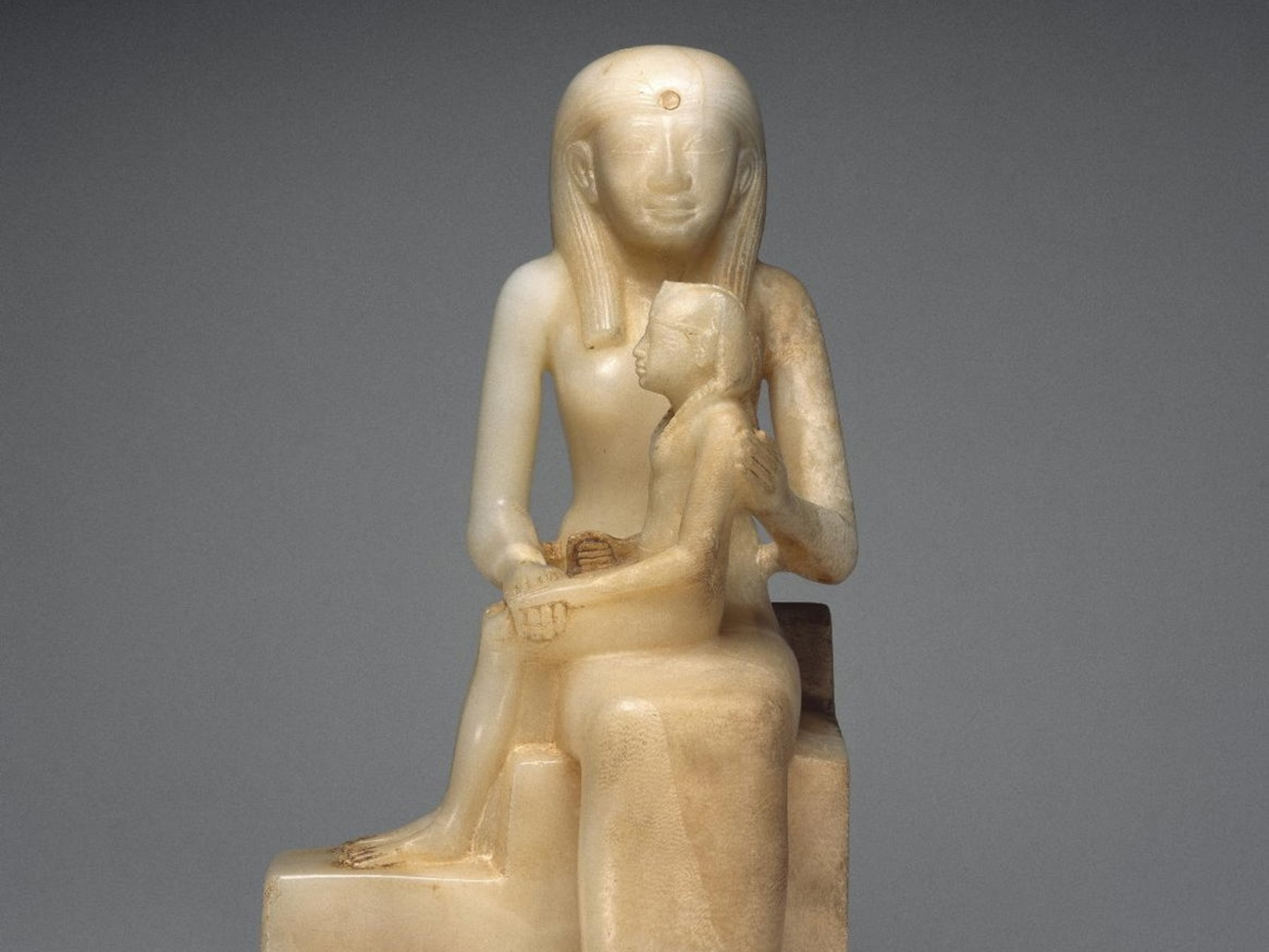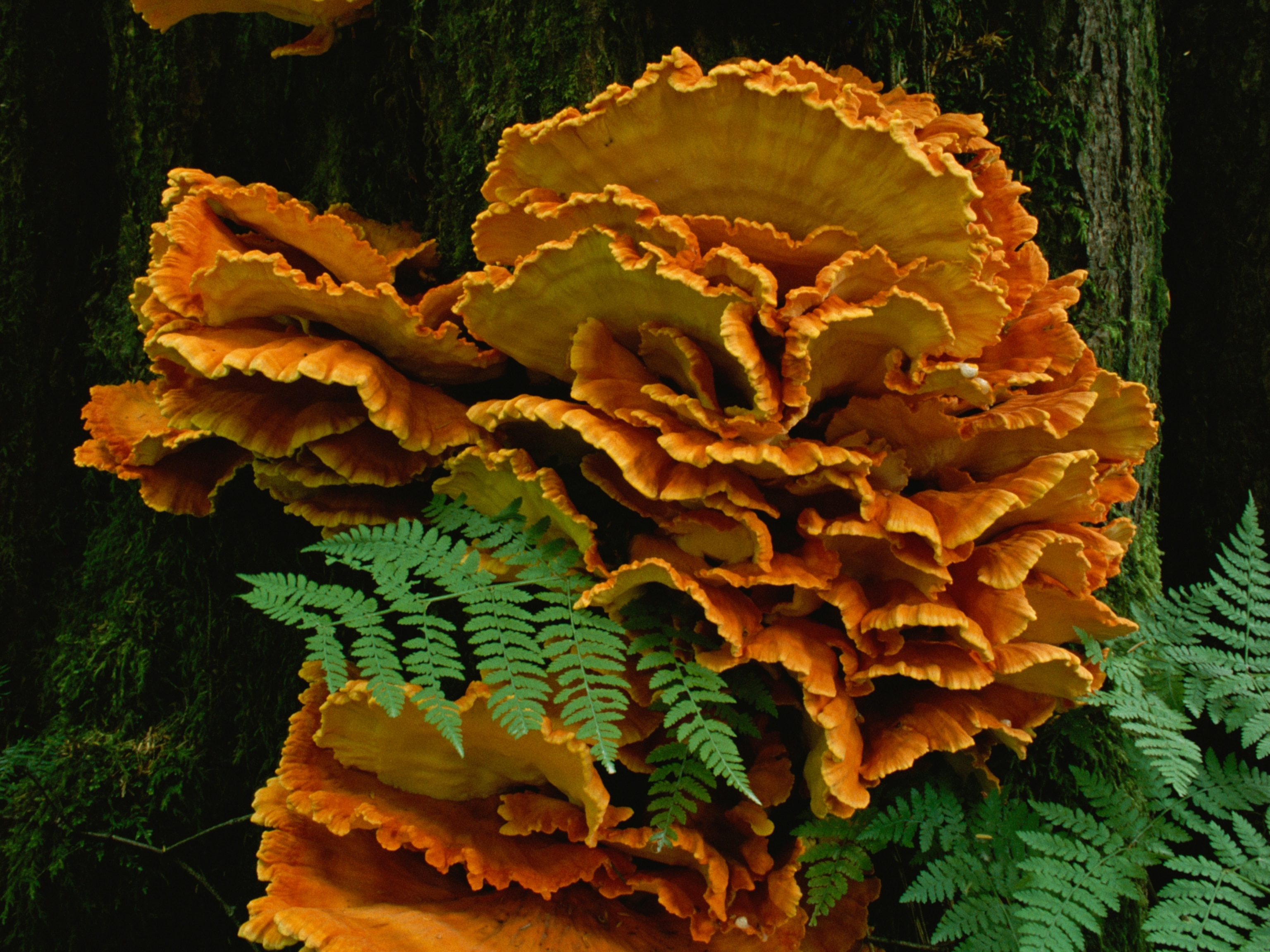
Ancient People Achieved Remarkably Clean Teeth With Noxious Weed?
Eating the tuber of a bad-tasting plant prevented cavities 2,000 years ago.
The purple nutsedge is one of the world's worst weeds, spreading stealthily underground and shrugging off herbicides as if they were soda water. But new research shows that for one ancient people, this noxious plant may have served as a tooth cleaner.
A new analysis of skeletons reveals that people who lived in Sudan 2,000 years ago were eating the purple nutsedge. Those people had surprisingly sound teeth—and the antibacterial properties of the weed may deserve the credit, scientists say in a study published in the journal PLOS ONE on Wednesday.
Early humans generally had relatively few cavities, thanks in part to meals that were heavy on the meat, light on the carbs.
Then humans invented farming and began eating more grain. Bacteria in the human mouth flourished, pouring out acids that eat away at the teeth. The first farmers tended to have much more tooth decay than hunter-gatherers did.
But when scientists looked at the teeth of people buried roughly 2,000 years ago in an ancient cemetery called Al Khiday 2, they found that fewer than one percent of the teeth had cavities, abscesses, or other signs of tooth decay, though those people were probably farmers, says study co-author Donatella Usai of Italy's Center for Sudanese and Sub-Saharan Studies.

Analysis of hardened bits of plaque on the teeth showed those interred at the cemetery had ingested the tubers of the purple nutsedge, perhaps as food, perhaps as medicine. People buried at Al Khiday at least 8,700 years ago—before the rise of farming there—also consumed the tubers, probably as food.
Experiments by other researchers show that extracts of the weed impede the growth of the bacteria most widely implicated in tooth decay. So the weed could have served as both a nutritious dinner and a primitive, if unintentional, antibacterial potion, the scientists say, though they caution that they haven't proved a link.
Such a function is certainly possible, says biological anthropologist Sarah Lacy of the University of Missouri-St. Louis, who is not associated with the new study. No other example has been reported of a specific plant that kept tooth decay in check among ancient people, says Lacy, who calls the results "very exciting."
The purple nutsedge tuber may have many virtues, but a nice flavor isn't one of them. People might have tried to tame the tubers' bitterness by cooking them, says study co-author Karen Hardy of the Catalan Institution for Research and Advanced Studies at the Autonomous University of Barcelona, or they may have just tolerated the bad taste.
"They might have been using it for some medicinal purpose," Hardy says. "Medicine always tastes horrible, so it would be par for the course."





